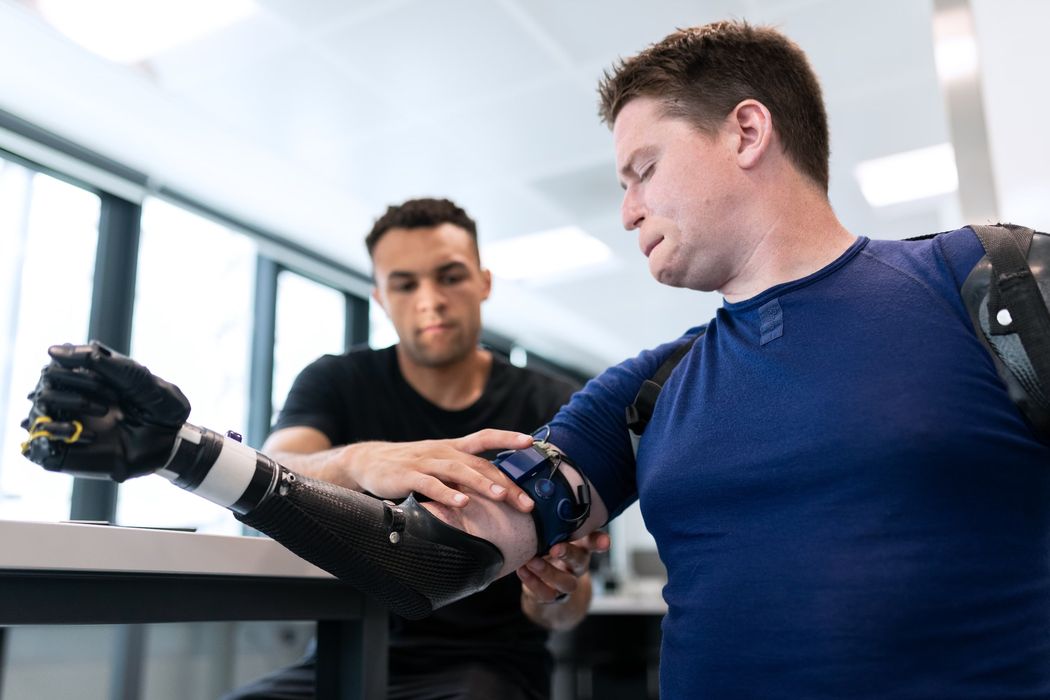
With the increasing use of 3D printing technology in healthcare comes concerns regarding security.
3D printing has come a long way in recent years. What started as a type of technology that could only be utilized by massive machines and people with science or tech backgrounds has found its way into the average home. Today, almost anyone can access a 3D printer, and you don’t necessarily need to be a tech wizard to build unique, innovative creations.
There are countless benefits to 3D printing. It’s cost-effective, it minimizes waste, and you can print prototypes on demand.
In the healthcare industry, 3D printing has revolutionized everything from prosthetics to surgical cutting and drilling guides.
Unfortunately, now that more people have access to 3D printing, it can potentially be a cybersecurity threat to healthcare providers and clinics.
Let’s take a look at how 3D printers are assisting the healthcare industry and the future trends that can be expected from them. We’ll also touch on how it’s impacting cybersecurity and increasing the risk of being “hacked” by cyber criminals – and what your practice can do about it.
The Benefits of 3D Printing for Providers
We touched briefly on some of the ways 3D printing is already making positive developments in healthcare. But, perhaps the greatest thing about those developments is how accessible they’re becoming. Today, 3D printing can be used for:
- Customized prosthetics
- Surgery prep
- Living printed organs
The benefits include more personalized healthcare and less expensive treatments for patients. 3D printing improves accessibility and inclusivity in the healthcare industry, even when it comes to specialties like oral health. Dentists can use 3D printing to create everything from dentures to clear aligners, and if practices invest in their own printers, they can cut out the middleman and do everything in-house. That keeps providers in more control and passes on significant savings to patients.
As more providers continue to take advantage of 3D printing, we’ll see greater productivity and efficiency in the future. It’s not necessarily about saving money. It’s about being able to save more lives and improve more people’s quality of life. 3D printing can even help us prepare for potential disasters by creating customized PPE and any other items necessary to stay safe and protected from viruses.
Cybersecurity Risks
Of course, nothing good comes without some risk involved.
3D printing isn’t perfect, but one of the biggest issues healthcare providers face in using it is the risk of cybersecurity threats. Cybercriminals are more sophisticated than you might think, and they’re typically willing to go to great lengths to get what they want. Some of the common cyber threats associated with 3D printing include:
- IP theft
- Insertion of defective materials
- Data breaches
Small businesses – including private practices – are already at risk of attack from cybercriminals. They expect your security to be weaker than major hospitals and medical facilities. Small businesses are attractive to these criminals because they don’t often have the budget for well-trained cybersecurity experts, and there’s usually a lack of knowledge and time to put the right security measures in place.
One of the biggest risks providers face from cybercriminals using 3D printing is tampering. Even sub-millimeter defects between printed layers of a product could have catastrophic results when it comes to things like prosthetics, living organs, or even surgical instruments. These kinds of attacks typically happen internally but can lead to everything from PR issues to lawsuits from patients.
Keeping Your Practice Safe
No matter the size of your practice or the technology you currently have in place, it’s essential to protect yourself from cybercriminals – especially those trying to use 3D printing to steal important information or infiltrate your practice’s data.
Strengthening your cybersecurity requires everyone within your practice to be on the same page. Training and education are important tools that can protect your business’ info and patient data. Make sure anyone who has access to that information knows how to view it and share it securely. Additionally, your entire staff should be well-versed in common cyber threats, including phishing scams. Creating security policies, setting up a strong network, and informing your patients how their information is being used are all fantastic ways to keep yourself safe.
When it comes to protecting yourself from 3D printing scams, implement some of the following strategies:
- Patent any CAD files for products you make in-house
- Embed your printed projects with validation features
- Work with IP experts so your printer information isn’t compromised
3D printing has already changed the healthcare industry. As technology continues to advance and more providers have access to printing capabilities, it will likely change the entire scope of the medical field and help to create more customized care across the globe. But, with its rise in popularity, there is no doubt that cybercriminals will increase their attack efforts, as well. Don’t be afraid to utilize this technology within your practice, but know how to protect yourself, your staff, and your patients when you do.
